Nasty old (2003?) Tempurpedic pillow positive for LEAD: 5,261 ppm & ANTIMONY: 232 ppm! What are you resting your head on tonight? Is it safe?
Introduction:
Tamara Rubin is a Federal-award-winning independent advocate for consumer goods safety and childhood Lead poisoning prevention. She is also a mother of Lead-poisoned children. She began testing consumer goods for toxicants in 2009, and was the parent-advocate responsible for finding Lead in the popular fidget spinner toys in 2017. She uses XRF testing (a scientific method used by the Consumer Product Safety Commission) to test consumer goods for metallic toxicants (including Lead, Cadmium, Mercury and Arsenic). To read more about the testing methodology employed for the test results reported on this blog, please click this link.
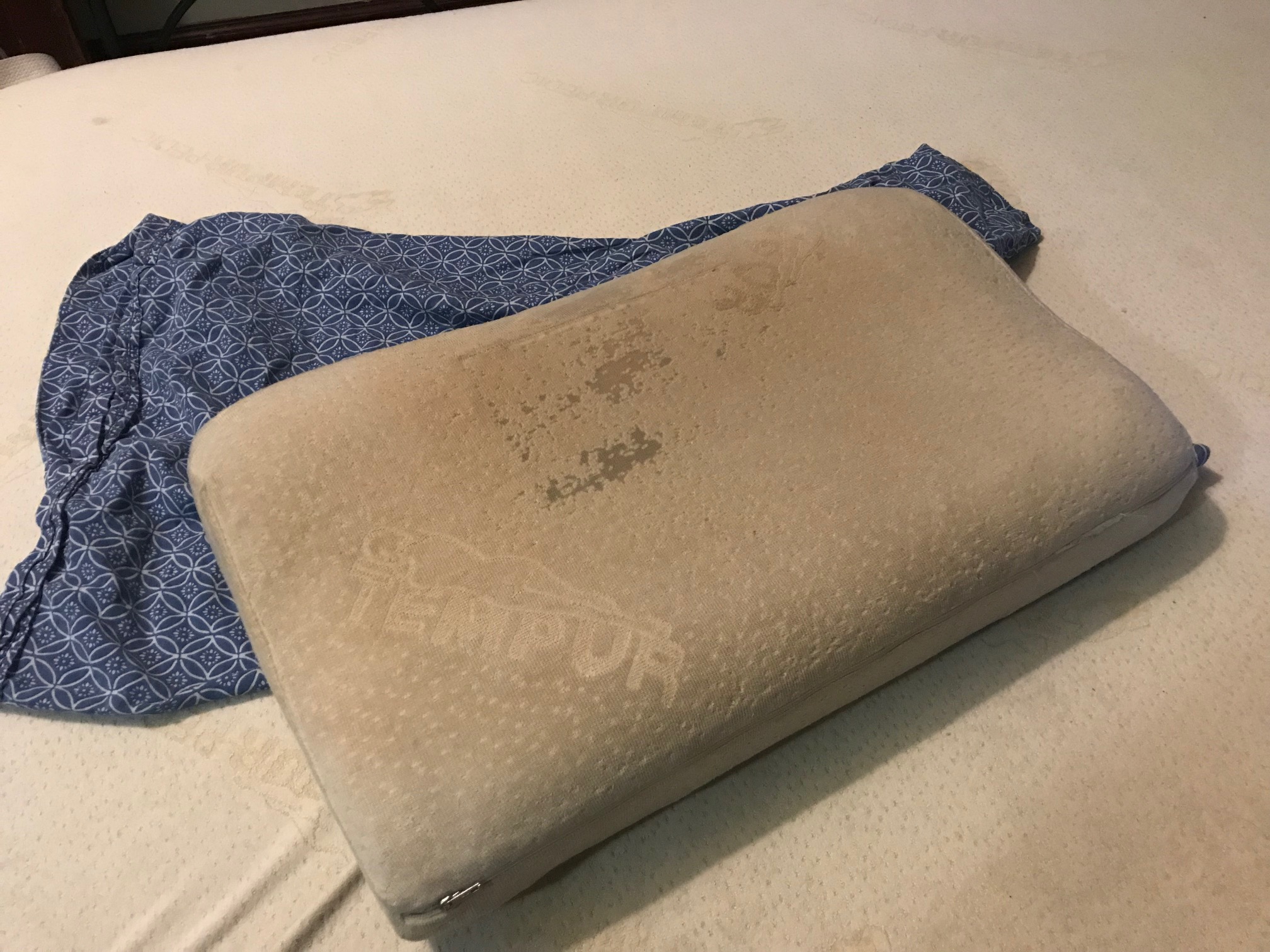 Published: November 24, 2019
Published: November 24, 2019
Updated: October 26, 2021
This is a very long and detailed post, so here’s a quick summary: Antimony was found in both the fabric of this pillow and in the plastic components of the zipper of this pillow. Lead was found in the metal end pull of the zipper. One primary concern around these findings of Antimony in fabric is that it may become an inhalation hazard with deterioration of the fabric over time (as the images below indicate may be possible). Continue reading below for full details and potential implications of these findings. The high level of Lead found in the zipper is concerning as children often mouth zippers. The Antimony found in the hard plastic of the zipper of this pillow is not specifically concerning as it is not deteriorating in the way the fabric is.
The full test results for the pillow pictured are at the bottom of this post.
How toxic is a typical Tempurpedic pillow?
Have you ever wondered how toxic your Tempurpedic pillow (or mattress) was – from a heavy metals perspective, at least? Well… you are about to find out! While I don’t know whether or when the manufacturing processes and suppliers of this company may have possibly changed since the pillow pictured here was made, I can give you information (as I do with all my testing) for a specific pillow – the one pictured here. I also have two more Tempurpedic pillows, each from different years / in different styles, that I will be reporting on shortly as well — and we can compare the results to see if they are similar to this one.
Looking for a non-toxic alternative for pillows and mattresses? I have always recommended Naturepedic. Click the image below or scroll to the bottom for my discount code on Naturepedic products!
When was this pillow made?
The date of manufacture on this particular pillow appears to be 2002 (see image with factory stamp below). We are fairly certain we purchased this in 2003 (we lost everything in a house fire in 2002, so most of our possessions are 2003 and newer.) Since we bought it (and until November 24, 2019 – the date of publishing this post), this Tempurpedic pillow has been my husband’s favorite pillow. [It is now in the trash!]
Continue reading below the images.
“So, Tamara – what made you decide to start testing pillows and mattresses?”
I have been regularly testing mattresses and bedding using XRF technology (during one-on-one home consultations with families) since 2017. The first home visit where I stumbled upon what I felt was a remarkable correlation/source of concern was with the family of a little boy in California… The boy was about four years old, and nonverbal.
I spent some time with mama reviewing the results of a hair test they had done (more details on this link), and one of the things that was very high on his test was Antimony. In subsequent testing of the things in his home, we found high levels of Antimony in the family sofa, the boy’s pillows, his blankets — and the highest level was the family’s bed (their mattress was positive for about 3,000 ppm Antimony in some tests!) It was then that I realized this could potentially be a concern for other families as well.
“Where do you normally find Antimony? & How much Antimony do you find?”
Since my home visit with this family I have been finding trace Antimony all over the place in homes across the country. I am consistently finding at least trace Antimony (usually in the 100 to 300 ppm range) in pillows, blankets, pajamas, mattresses, couches, armchairs, stuffed animals, and more; I often share with families my suspicion that perhaps 10 years from now, someone (some formally trained scientist or scientific body or consumer watchdog nonprofit) will “discover” that “humans have an Antimony problem” – and they will undertake a study that identifies the impact (and sources) of Antimony in our bodies – specifically looking at the aggregate/cumulative impact of low-level exposure from consumer goods – like our bedding. [So stay tuned for what happens in 2029! ;-)]. …in the meantime…
Why are you concerned that the presence of Antimony in fabric goods (bedding, mattresses, etc.) may potentially be a problem for humans?
Stuffed animals and similar items that I have found to be positive for trace levels of Antimony are concerning to me — especially given that kiddos constantly intimately interact with their favorite stuffy or blankie (often hugging it, kissing it and otherwise mouthing it throughout the day). However, I am even more concerned with the items that we all (adults and children) interact with every single day, over the course of many years in our beds. These are items we usually have in direct contact with our naked bodies. Of greatest concern is the potential impact of trace Antimony in our pillows and mattresses – especially given the amount of time our faces spend on our pillows (hopefully 8+ straight hours each and every night.)
Why is there Antimony in bedding?
Antimony has been used for years as a component of once-mandated chemical “flame retardants” in bedding. Jamie Redford’s 2013 documentary film on the subject, “Toxic Hot Seat” explores the controversial history of the widespread use of flame retardants and the health implications of those chemicals.
The alarming thing is that, even with the phase-out of flame retardants in bedding, I am still finding Antimony in many fabric items (and items stuffed with polyfill, such as stuffed dolls, animals, and pillows) – even in items sold by vendors who claim to have “natural” or “flame-retardant-free” products.
While I don’t know for certain the source(s) of this ubiquitous low-level Antimony in so many household products, I expect it could be a contaminant of the manufacturing process – coming from factories and machining equipment, and not necessarily present as an (intentional) additive, at these low levels. This theory might explain why companies could have items they assert are “flame-retardant-free”, but that are still testing positive for low or trace levels of Antimony (because the Antimony is [technically] not an intentionally-added “ingredient” at those levels.)
This theory goes out the window a bit when the levels throughout a specific product are consistent (for example if 5 tests on different areas of the same stuffed animal come up with the same Antimony level – in the range of 150 – 200 ppm or so, which is most common) – which makes it seem like it could in fact be a trace-level additive in an outsourced raw material or sub-component, like the fabric or stuffing.
Is this much Antimony toxic to humans?
The impact of high levels of Antimony exposure has been studied (in rats, and in human industrial occupational settings) – and demonstrated to cause cancer and other health impairments in those studies, but the International Antimony Association insists that the low-level “chronic”/cumulative (persistent / daily) exposure to Antimony – as we might find in all of the combined sources in our home – is completely safe (even though – as far as I can tell – no one has actually studied this type of exposure and the potential long-term negative health impacts). Antimony is not officially listed as a human carcinogen yet – but it has already been demonstrated to cause cancer in rats – and specifically lung cancer and fertility problems as a result of inhalation.
Here are a few relevant links to help you start your journey down the Antimony research rabbit hole:
- Here’s a great article shared with me by one of my readers from a blog that focuses on eco textiles, link.
- From the ATSDR (click the image to read the full summary):
- Here’s a link to a full PDF of the summary above – uploaded to my website (in case it gets taken down by the feds! 😉
- Here’s a link to the NCBI summary on Antimony (click the image below to read the full page):
- Here’s the link to the Wikipedia summary page on Antimony (click the image below to read the full page):
- Note: I also found equally concerning levels of Antimony in plastic peanut butter jars and you can read more about that here on this link.
- Not surprisingly, the International Antimony Association (at Antimony.com) assures us that the presence of Antimony in consumer goods is perfectly safe (click to read the image below full size!)
My takeaway / concern for trace Antimony found in bedding
Based on the above information, I have the following specific concerns about trace Antimony found in the fabric elements of bedding:
- It appears Antimony is a potential inhalation hazard.
- Bedding creates dust.
- If you look at the pictures here of this pillow (images directly below), the integral Tempurpedic zippered cover is incredibly threadbare, and that is the component of the pillow that tested positive for Antimony (both the fabric and the zipper.)
- While this part of the pillow is normally covered by a standard pillow case (in our case – made of organic cotton) – a pillow case would not normally provide an impermeable barrier protecting the user from any toxicants found in the pillow.
- Pillows go directly up against your face.
- Micro-particulate Antimony is likely being shed by the pillows and therefore likely to be inhaled.
- When we un-zipped this inner case, there was a huge amount of dust and particulates that had been shed.
- The most important and relevant quote from the above linked summaries is this: “In long-term studies, animals that breathed very low levels of antimony had eye irritation, hair loss, lung damage, and heart problems. Problems with fertility were also noted.”
- Nearly all of the links above clearly state that the potential impact of Antimony exposure on humans has not been studied.
- I believe that we – in all human activities – especially industrial/commercial endeavors – need to start with the principle famously articulated by Hippocrates, “First, do no harm” – and with that in mind, I would argue that the poisonous heavy metal Antimony should have no place in the fabric of our bedding (or our kids’ stuffed animals, for that matter).
Continue reading below the images.
Continue reading below the images.
Note: We always use an organic cotton pillow case with each of our pillows, however hadn’t recently taken off the Tempurpedic-branded zippered inner pillow covering which enclosed the [tattered remains of the (“non-removable”)] super-lightweight-fabric encased actual Tempurpedic memory foam pillow itself.
This was my husband’s pillow … until tonight!
Back to the the pillow in question (the focus of this post): I don’t pay close attention to my husband’s stuff (after all, I have enough to manage with four sons!), and as such, had no idea that the inner pillow case had gotten so threadbare — nor that the inner non-removable membrane had basically completely disintegrated! I also had no idea that what was hiding under the zippered covering was so disgusting and deteriorating (scroll down to see all of the truly revolting photos of my husband’s old pillow!)
Of course, we also understand that most people don’t likely sleep on the same “favorite” pillow for 16 years! However, that said, when an older man (my husband was 61 when I wrote this post – in 2019) finds a pillow that helps alleviate the pain in his neck and shoulders, he is more likely to stick with it and not make a change, out of fear of not finding anything quite as good (from an ergonomic perspective).
Note: since originally publishing this post I have had SEVERAL readers contact me, letting me know that they have a pillow of the same age / vintage and they also had not removed the outer cover until reading my post. They also noticed the same level of deterioration as pictured here.
The reasons for my husband keeping his pillow were reinforced by the fact that we have been living in poverty many of the recent years. As a result with a family of six – and special needs kids – replacing my husband’s pillow was not a priority – especially considering he was so happy with that particular pillow’s unusual design contour, density & other specifics.
Back in 2015/2016 when things were looking up and my family was finally financially recovering after the challenges presented by my sons’ 2005 Lead-poisoning (but before the major attacks on my advocacy started in early 2016) I had some money available to cover basics and replace worn out stuff. At that time I “splurged” and bought all new pillows and blankets for everyone in the house (each of the kids got a new down comforter and fleece outer blanket from Costco – as well as new down pillows with natural cotton covers) — but it did not even occur to me to consider replacing my husband’s “beloved” pillow. lol. As a family, we hadn’t had new bedding since before our total loss house fire in 2002 – so getting new blankets and pillows for everyone was a big deal (and very exciting for me!) Our mattresses – on the other hand – are almost all old… all-but-one were purchased right after our house fire (2002) but before we moved into our *new-to-us* home (2007) – so between 12 and 16 years old. Based on my research to date, I knew they all needed replacing, but our financial priorities have been elsewhere over the past several years.
Continue reading below the images.
YIKES! I *knew* we needed some new pillows and mattresses
— but I did not know how *badly* we needed these new things!
It took a little kick in the pants to really confront how toxic our own personal mattresses and pillows might be – and to inspire me to thoroughly inspect and and test them – including my *husband’s* beloved pillow! [Please excuse me while I go *barf*!]
In October of 2019 (a month before this post was written), I reconnected with Naturepedic, and they offered to help support my work via an affiliate relationship with their company – and to also extend a discount to my readers! I was so excited about this! I have always been a huge fan of Naturepedic‘s products, and have so relished every opportunity I have had throughout my travels to sleep in a bed sporting one of their super-comfy mattresses (when staying in some of my “green” friends’ guest rooms around the country)! As with all of my sponsors – the relationship first starts with me liking a product and a company. I don’t accept any unsolicited offers of sponsorship or affiliate earnings!
Naturepedic had previously sponsored my work years ago when I had founded a nonprofit (2011-2016) – by donating mattresses for our raffles, and to families of Lead-poisoned children who needed them – but I had lost touch with them, through all of the drama around my advocacy since 2016. When I reconnected with them (October 2019) I reminded them that I was a huge fan of their products, and said I would love to formalize a relationship with them. They generously offered to send me some “samples” — of their mattresses! Wow!! So today (11/24/2019) my two new mattresses arrived — a King for me + hubs (plus a Queen for me and my youngest son Charlie — since [given his specific disabilities] I still often have to help Charlie get to sleep at night)…and a new pillow came with it all, too! I am so excited about this!! I can’t wait to get them on the beds and put them to use!
Continue reading below the image.
As a result of reconnecting with Naturepedic, and the fact that I had new mattresses and pillows headed my way, the timing was good to start discussing this issue here on my blog – initiating the inquiry by first sharing with all of you the XRF detectable toxicants (specifically metals) found the bedding I have in my home (as I gradually phase out and get rid of these items and replace them with new non-toxic, organic safer choices from Naturepedic!)
This [dreadful] Tempurpedic pillow (the subject of this post) is therefore the first among many related posts you will see over the next couple of days (and weeks.) While – in using XRF technology to test this pillow – I did expect to find Antimony (based on my testing for other families to date), I was really surprised to find that my husband’s pillow had high levels of Lead as well – in the zipper for the Tempurpedic brand outer pillowcase!
Click here read more posts with my findings of Antimony in bedding.
The irony is that we have (in recent years) chosen untreated organic cotton sheets (which Target carries fairly inexpensively!), to make sure our bed is as non-toxic as possible (in the absence of buying a new mattress). We also always used a mattress cover to put a layer of “something else” between us and the potentially toxic Tempurpedic mattress; I just had no idea how bad our Tempurpedic mattress would turn out to be (when tested with an XRF instrument) here’s the link with those test results.
Full XRF test results for the pillow pictured:
If – after reading this (far too long) post (woohoo, you made it this far!) – you are in the market for a new mattress anyway, please consider purchasing organic, all-natural bedding products from Naturepedic! If you start your shopping with a Lead Safe Mama affiliate link, Naturepedic will contribute 15% of what you spend to Lead Safe Mama, LLC in support of our advocacy work and you may get a 10% discount on some of their products as well [use code LEADSAFEMAMA10 when you check out and the discount will be applied to whichever products qualify!] shrsl.com/1y816
Continue reading below the images.
Reading #1) Body of pillow (under pillow covering)
180-second test:
- Bromine (Br): 8 +/- 1 ppm
- Tin (Sn): 156 +/- 10 ppm
- Zinc (Zn): 22 +/- 4 ppm
- Copper (Cu): 10 +/- 6 ppm
- Iron (Fe): 527 +/- 19 ppm
- Titanium (Ti): 507 +/- 126 ppm
Continue reading below the images.


Reading #2) Metal of “OPTI” zipper (see image above)
60-second test:
- Lead (Pb): 5,261 +/ 493 ppm
- Chromium (Cr): 1,596 +/- 201 ppm
- Tin (Sn): 47,100 +/- 900 ppm
- Zinc (Zn): 650,800 +/- 4,800 ppm
- Copper (Cu): 284,400 +/- 2,900 ppm
- Nickel (Ni): 442 +/- 198 ppm
- Iron (Fe): 5,868 +/- 503 ppm
- Titanium (Ti): 973 +/- 275 ppm
- Nb: 1,472 +/- 298 ppm
Note: The metal component of this zipper actually appears to be painted with a high-Lead (silver colored) paint. Paint is considered toxic to children when Lead levels come in at 90 ppm Lead or higher.
Continue reading below the images.
Reading #3) Fabric of Tempurpedic branded pillow cover (see image above)
120-second test:
- Antimony (Sb): 83 +/- 16 ppm
- Bromine (Br): 17 +/- 1 ppm
- Zinc (Zn): 76 +/- 5 ppm
- Copper (Cu): 29 +/- 7 ppm
- Nickel (Ni): 13 +/- 5 ppm
- Iron (Fe): 603 +/- 23 ppm
- Titanium (Ti): 993 +/- 153 ppm
Continue reading below the images.
Note the dust and particulates in the background of the photo below – this was junk that had fallen off of the pillow within the inner pillow case. Reading #4) Curled up plastic zipper (see image above)
Reading #4) Curled up plastic zipper (see image above)
60-second test:
- Antimony (Sb): 232 +/- 25 ppm
- Bromine (Br): 8 +/- 2 ppm
- Zinc (Zn): 24 +/- 7 ppm
- Iron (Fe): 154 +/- 22 ppm
- Titanium (Ti): 934 +/- 237 ppm
All results reported on this blog are accurate, science-based, and replicable. Testing is done for a minimum of 60 seconds per component unless otherwise noted. Components are tested multiple times to confirm the levels of toxicants found and one-full set of test results is reported for each component tested. The XRF instrument used is the Niton XL3T – the same instrument used by the United States Consumer Product Safety Commission (CPSC) for testing for Lead in consumer goods.
As always, thank you for reading and for sharing my posts. Please let me know if you have any questions.
Tamara Rubin
#LeadSafeMama
More images of the pillow in question below:


Click this affiliate link if you are interested in purchasing a non-toxic / organic mattress from Naturepedic!
Never Miss an Important Article Again!
Join our Email List


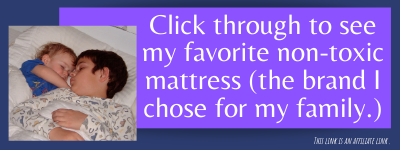
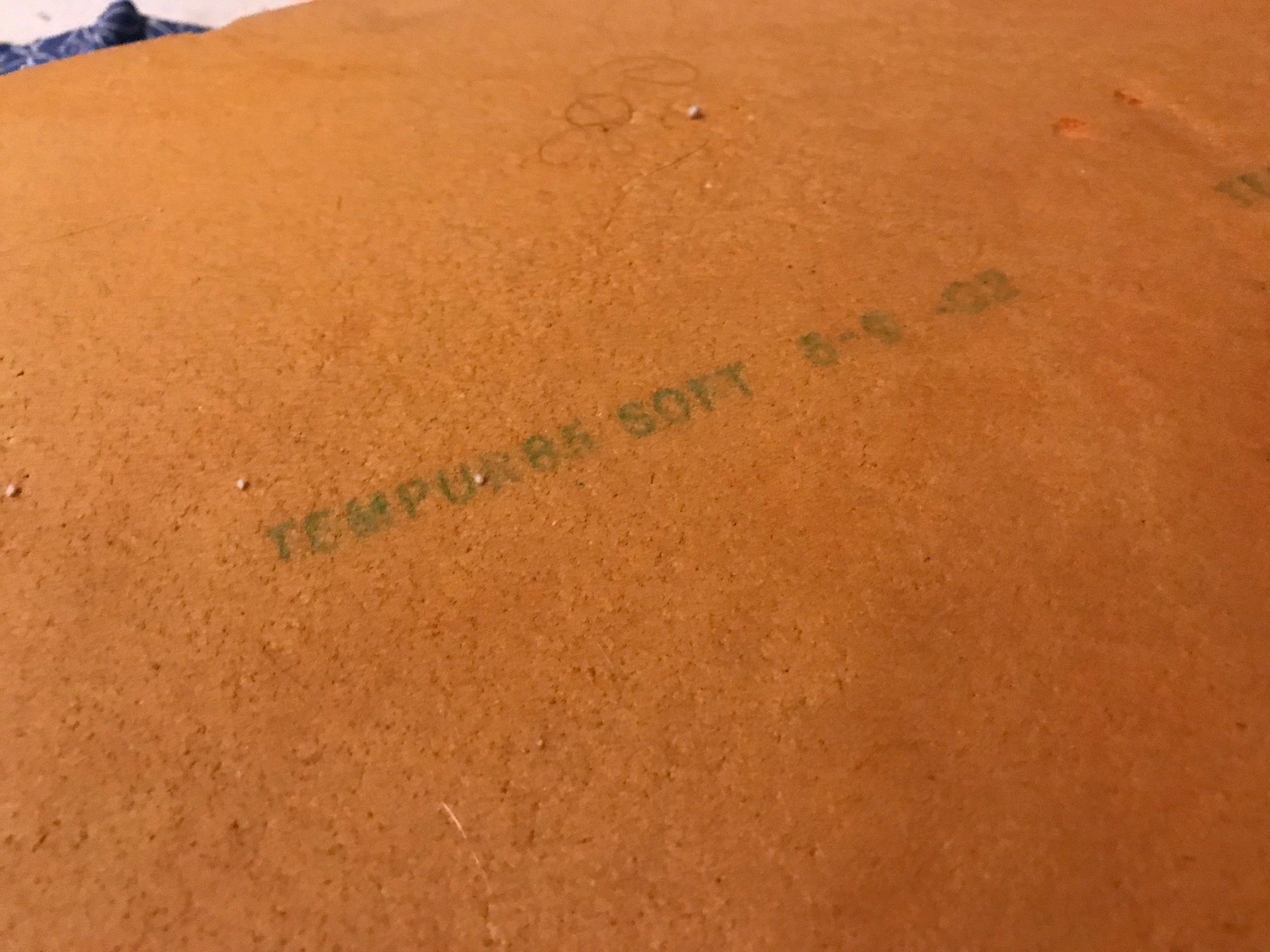
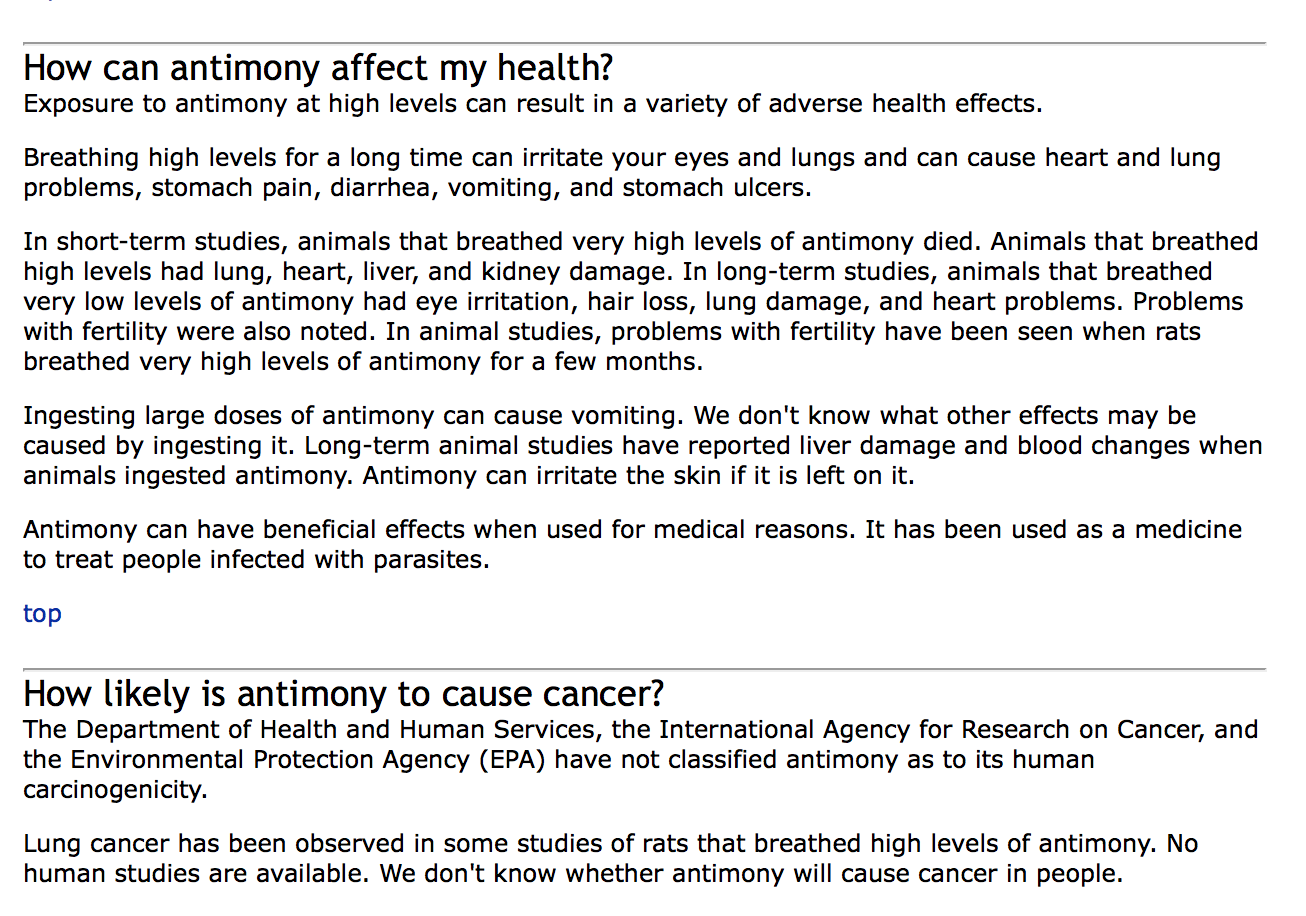
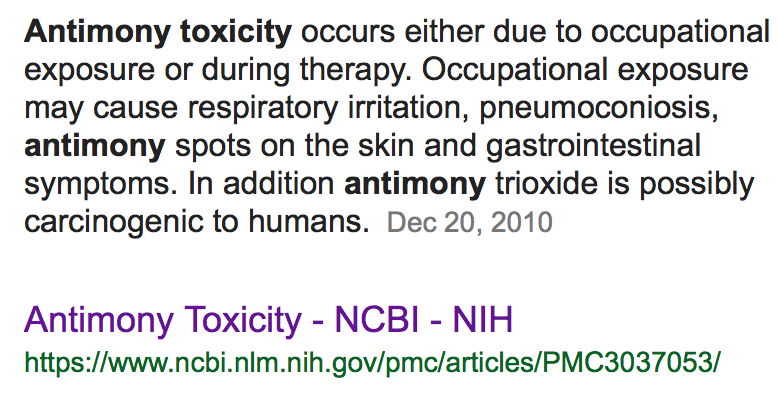

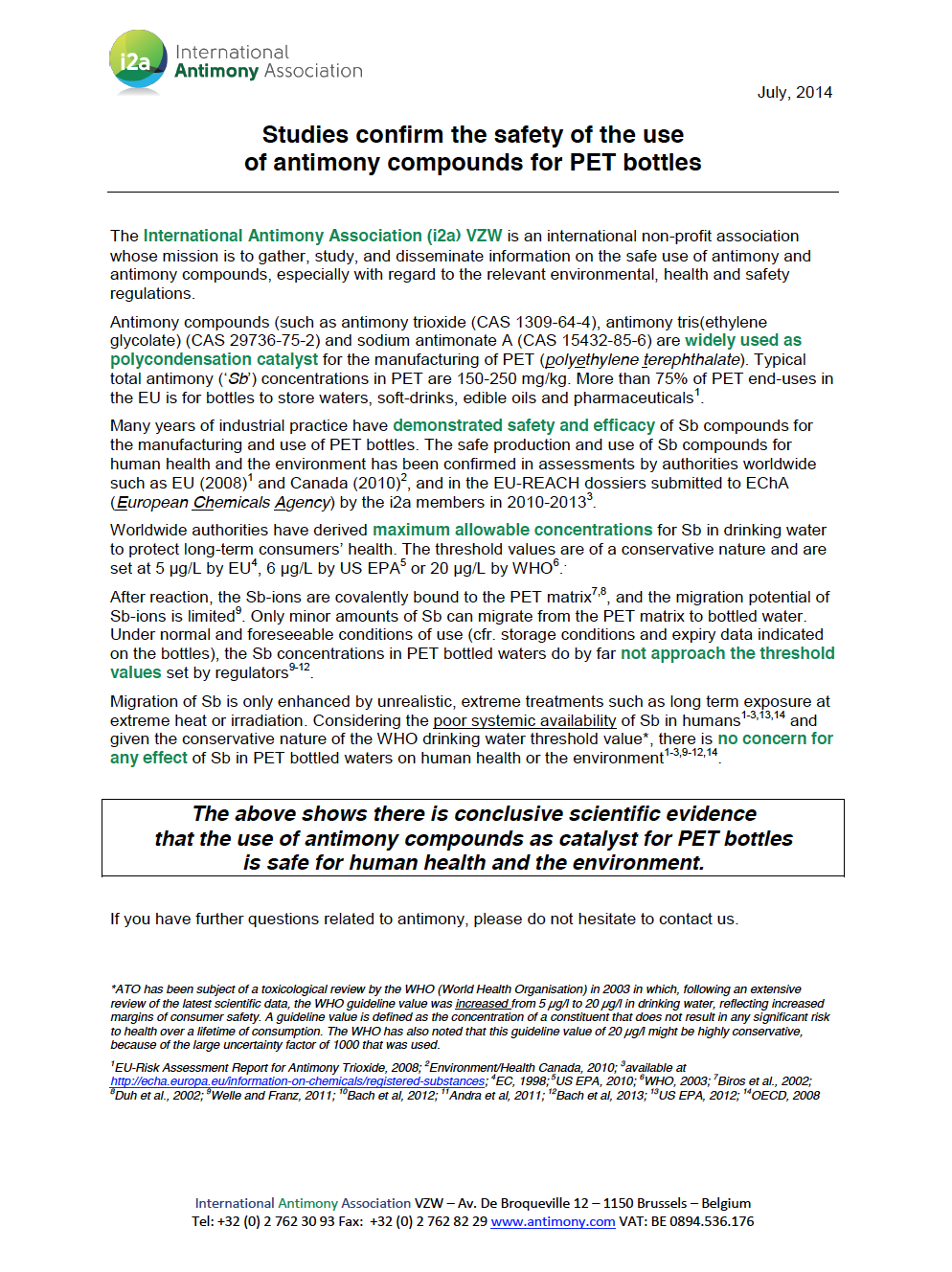
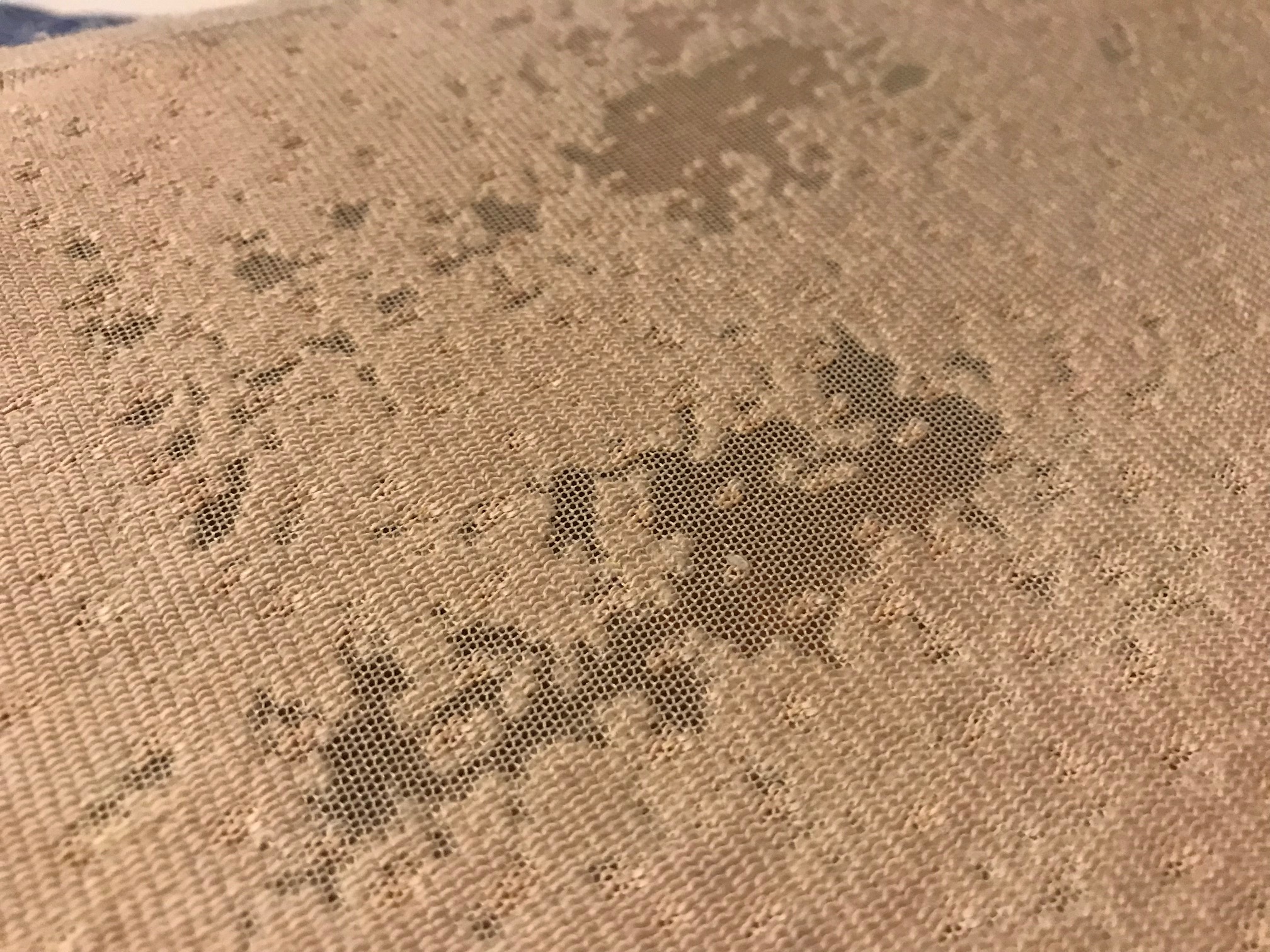
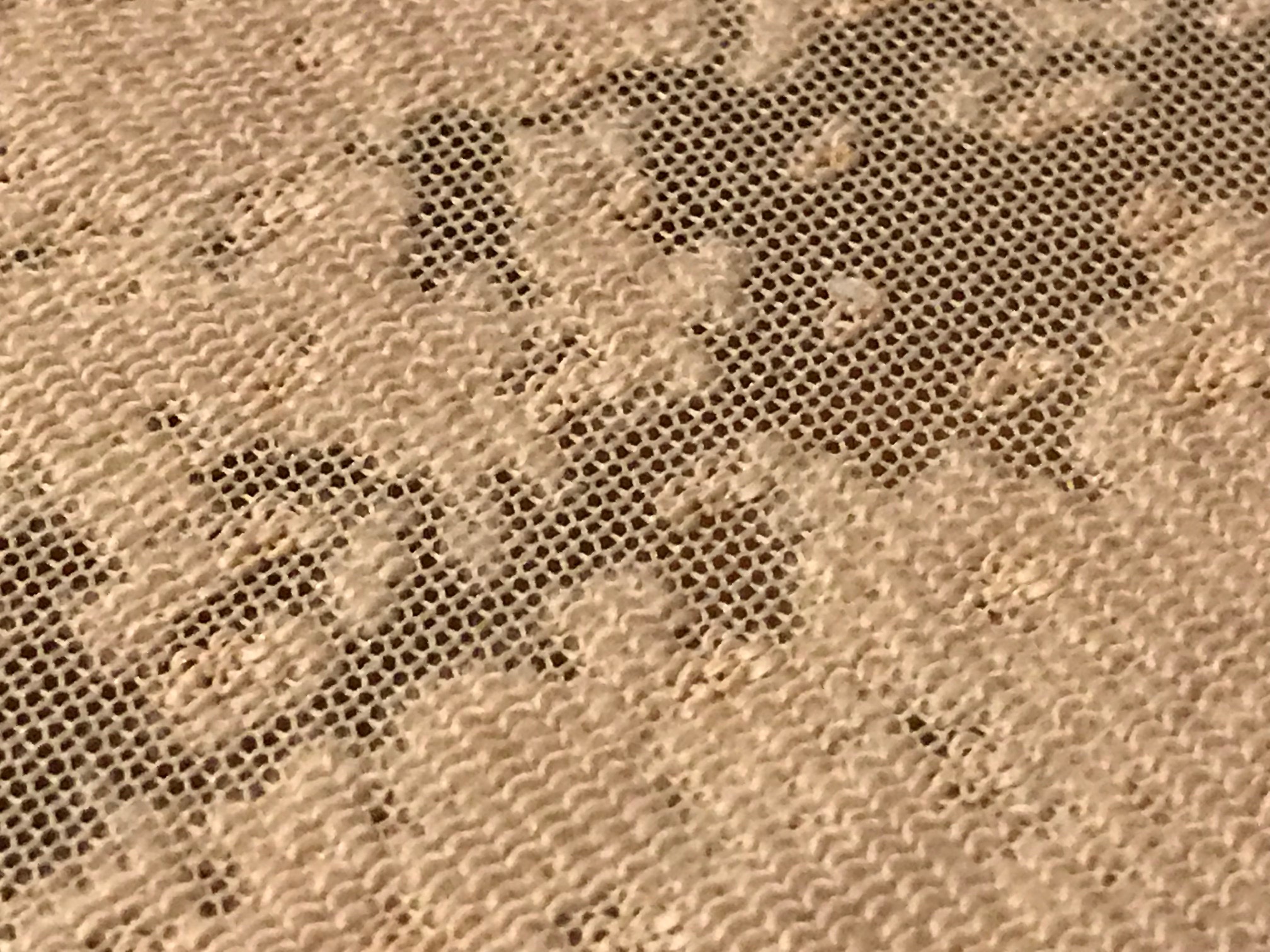
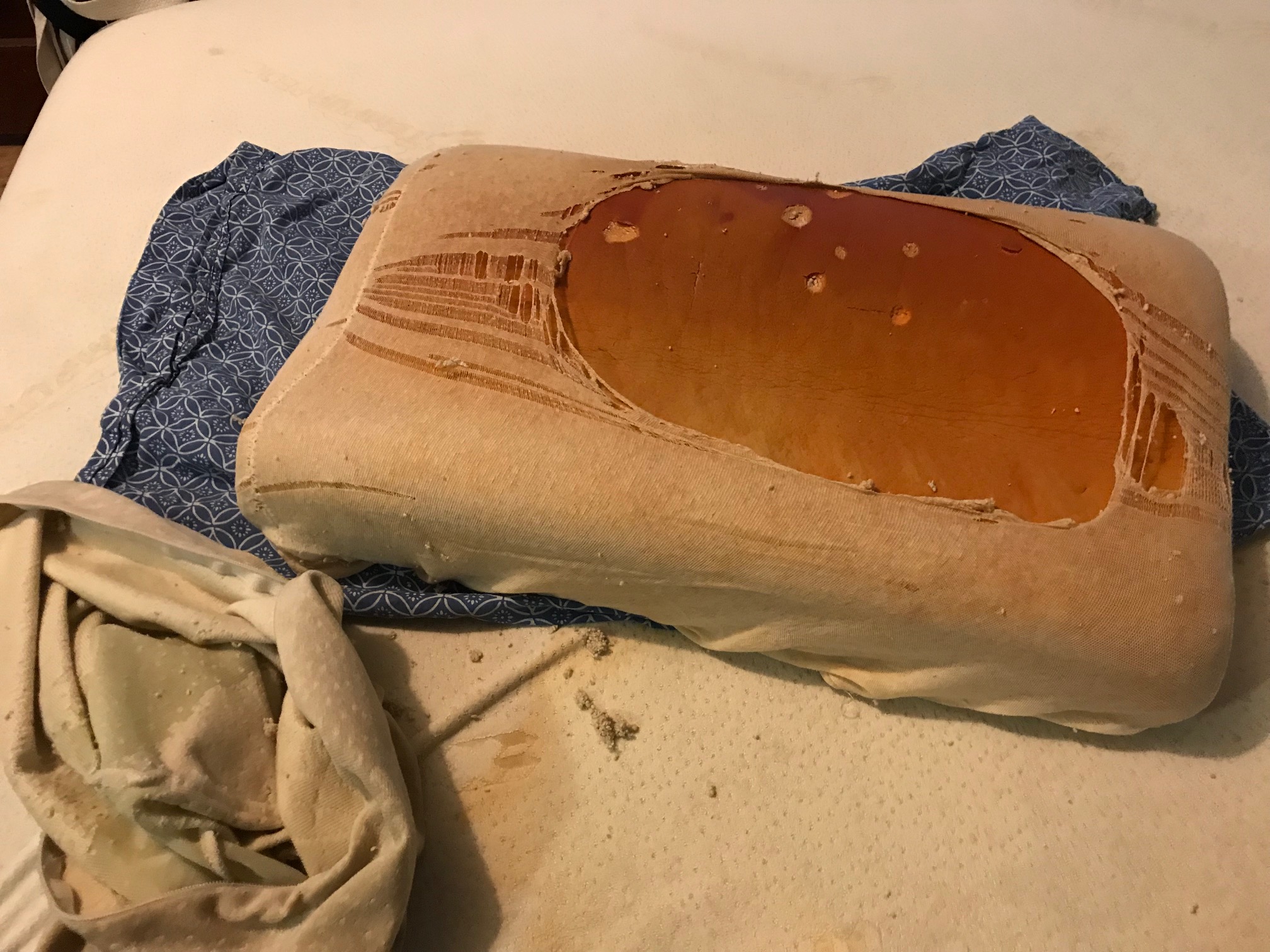
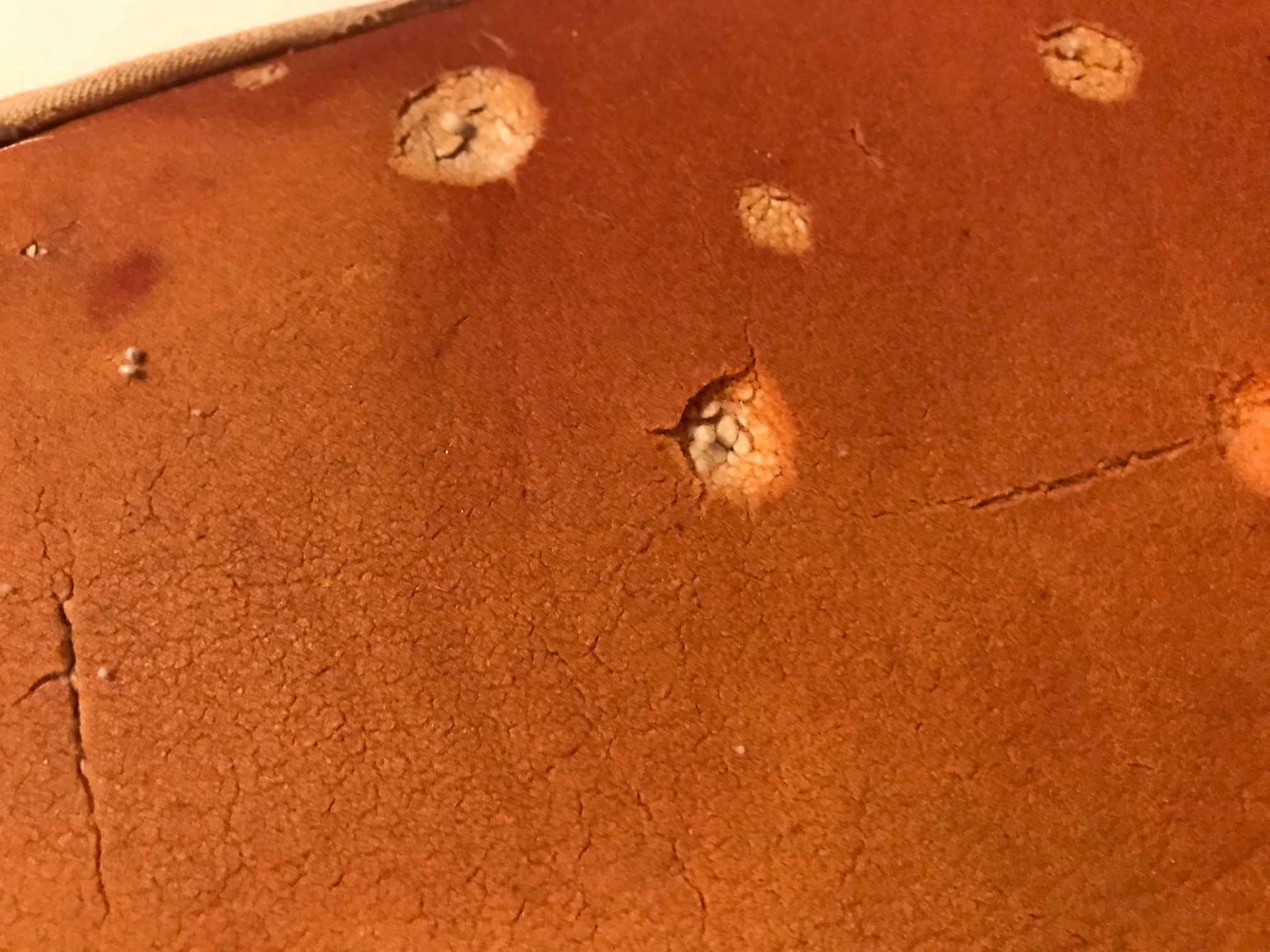
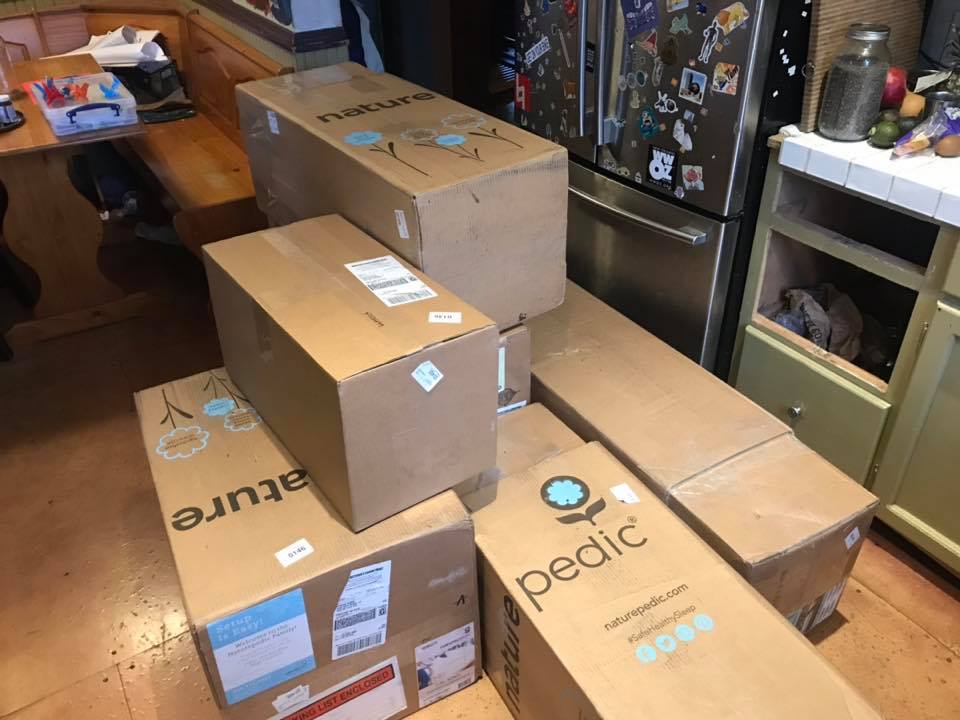
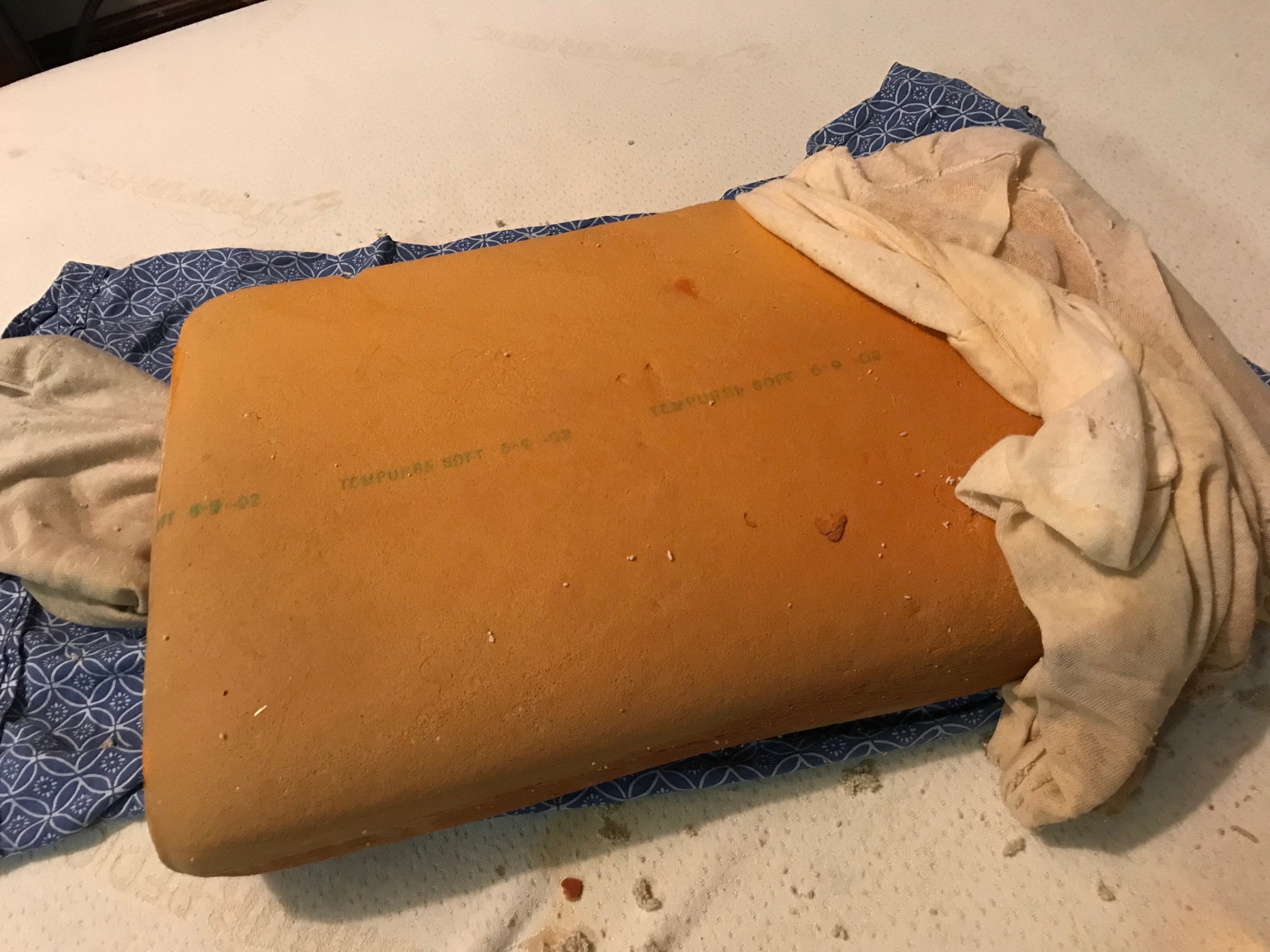
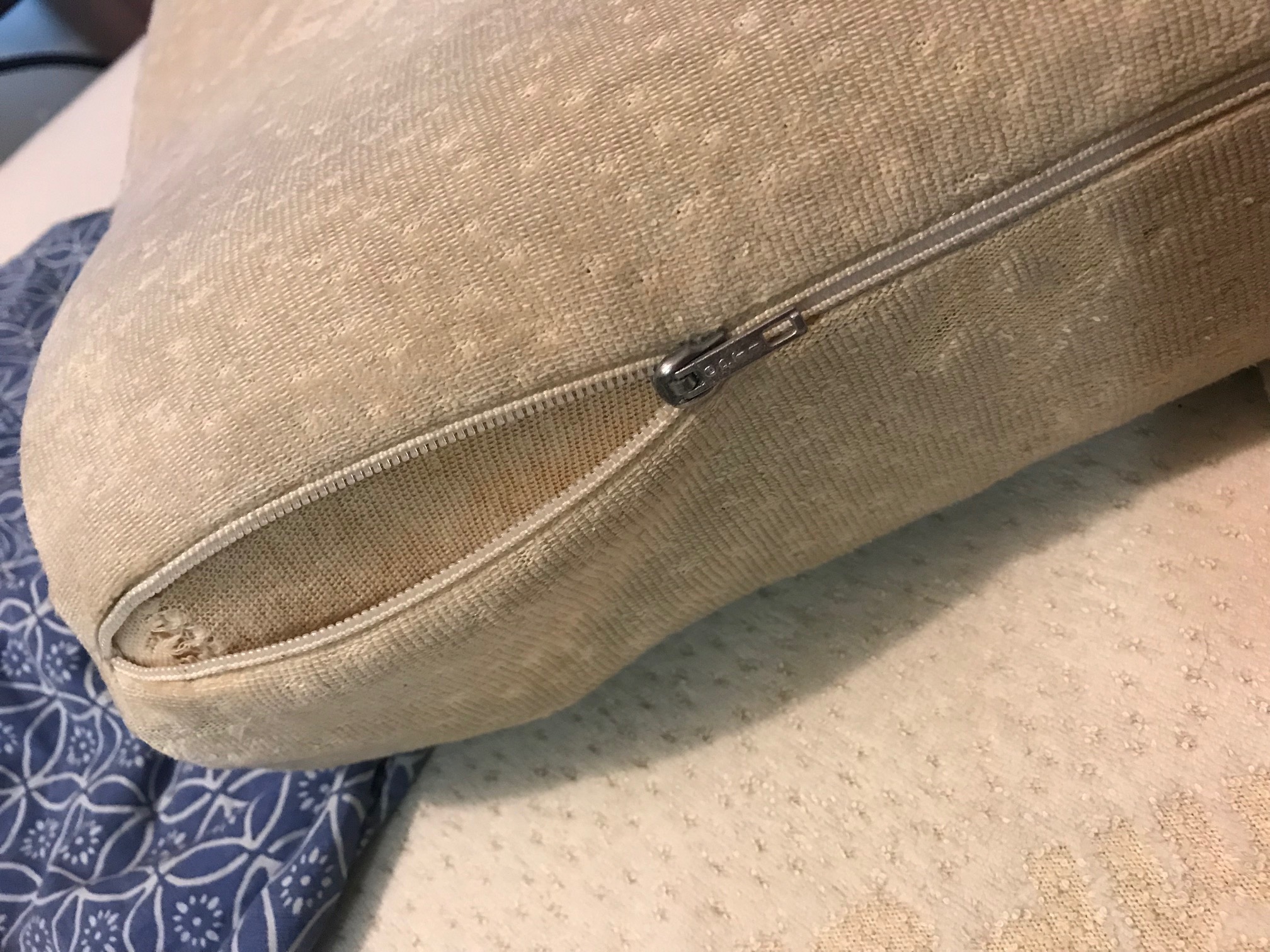
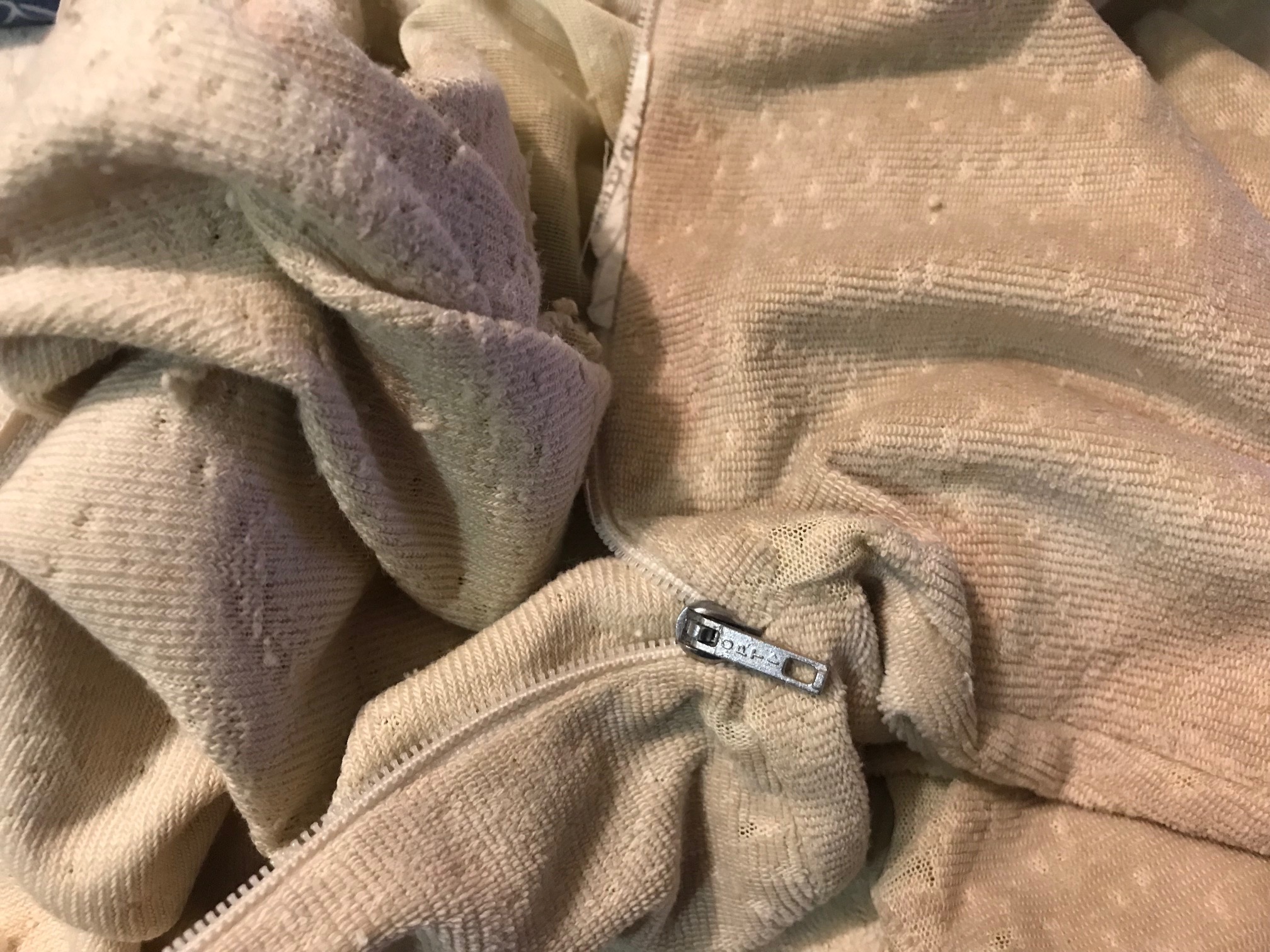
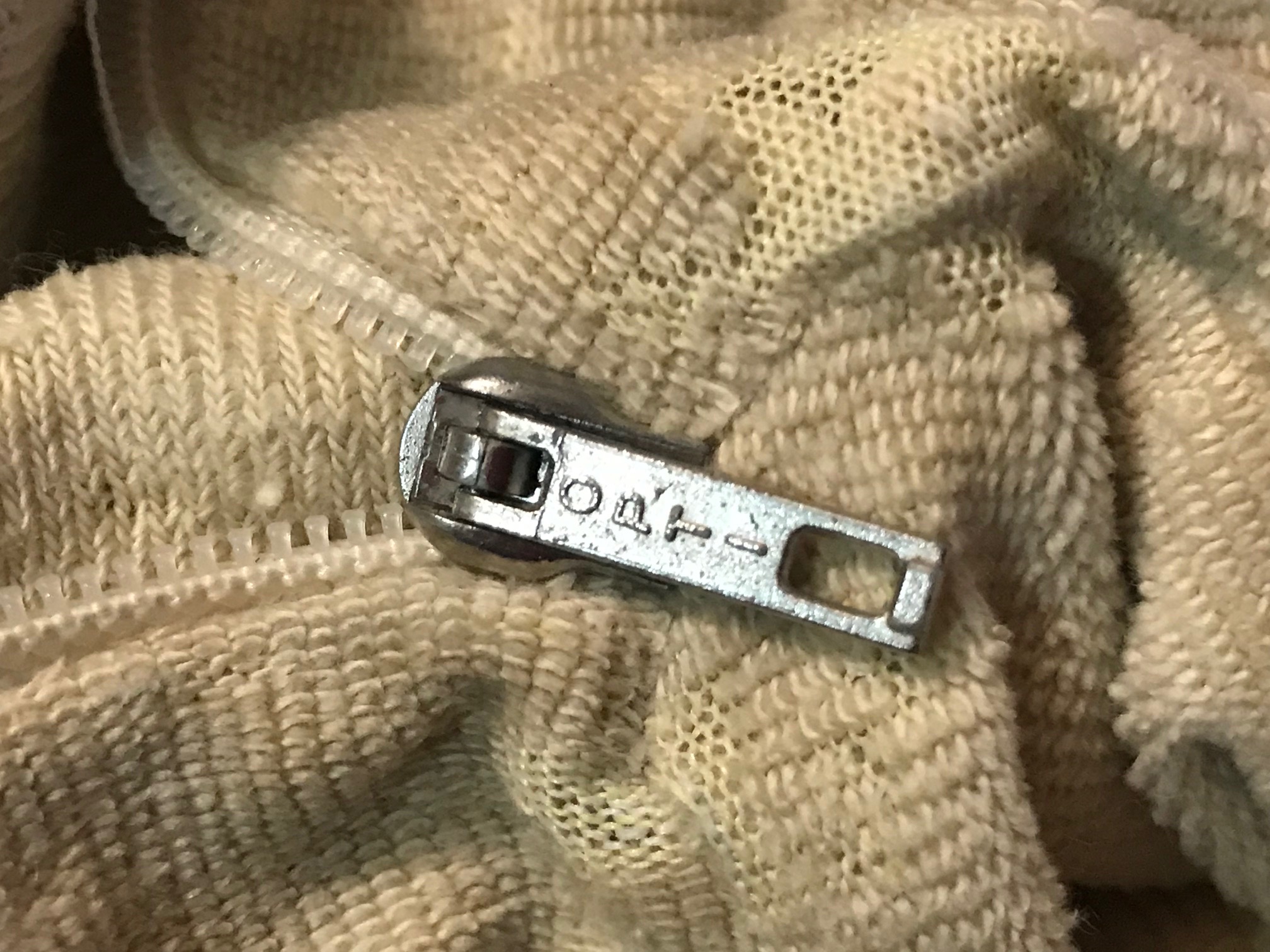
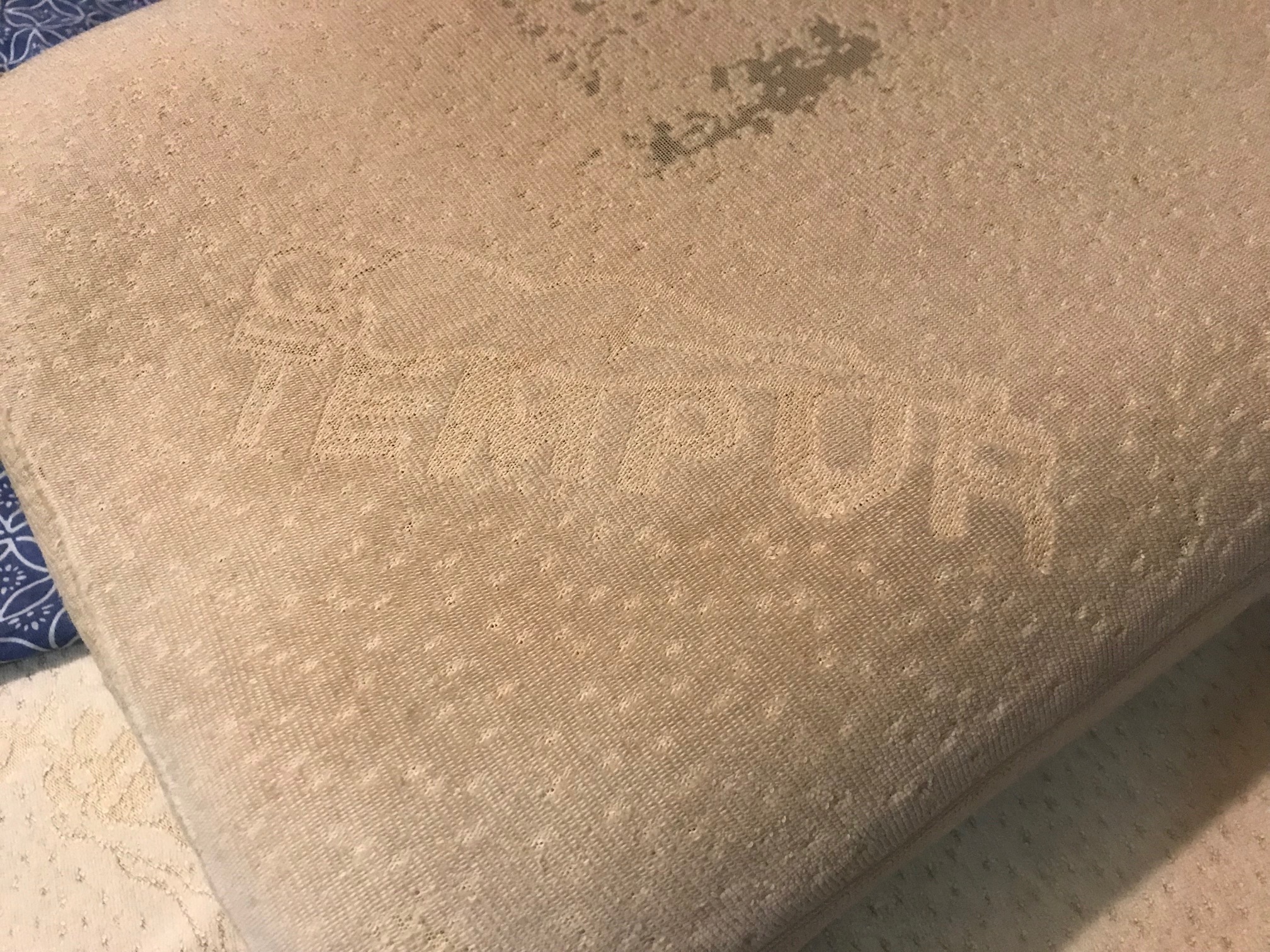
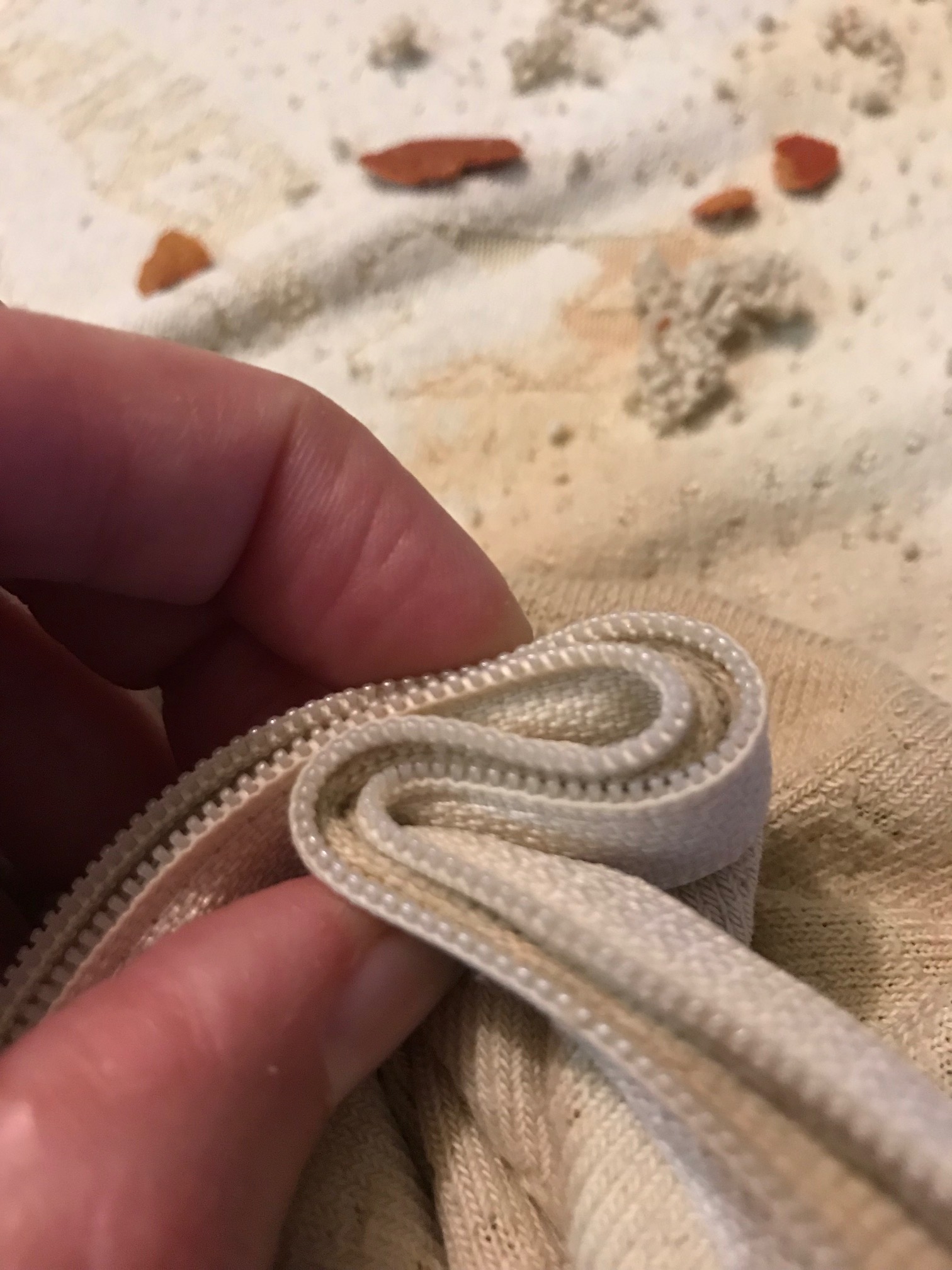 Reading #4) Curled up plastic zipper (see image above)
Reading #4) Curled up plastic zipper (see image above)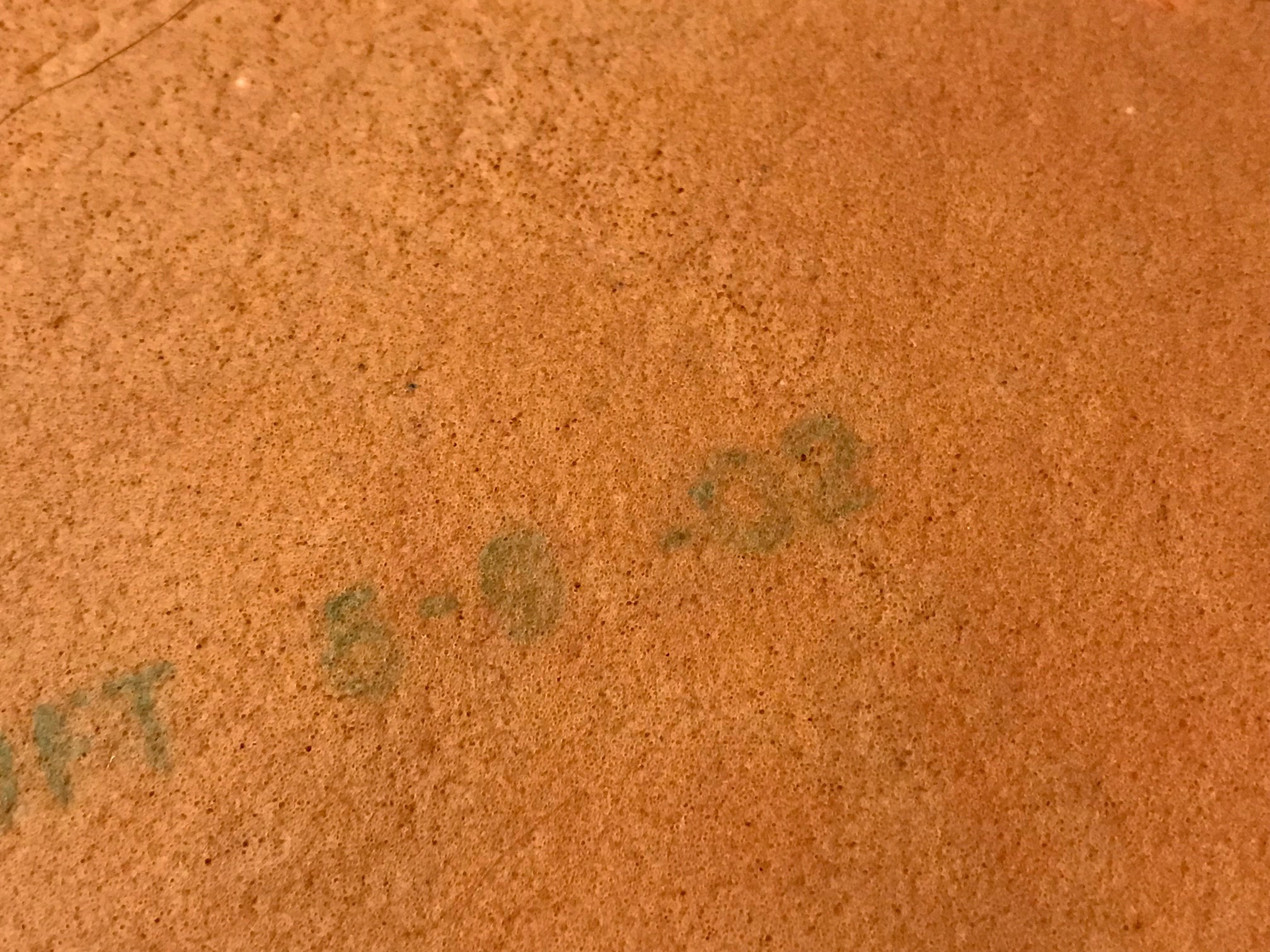
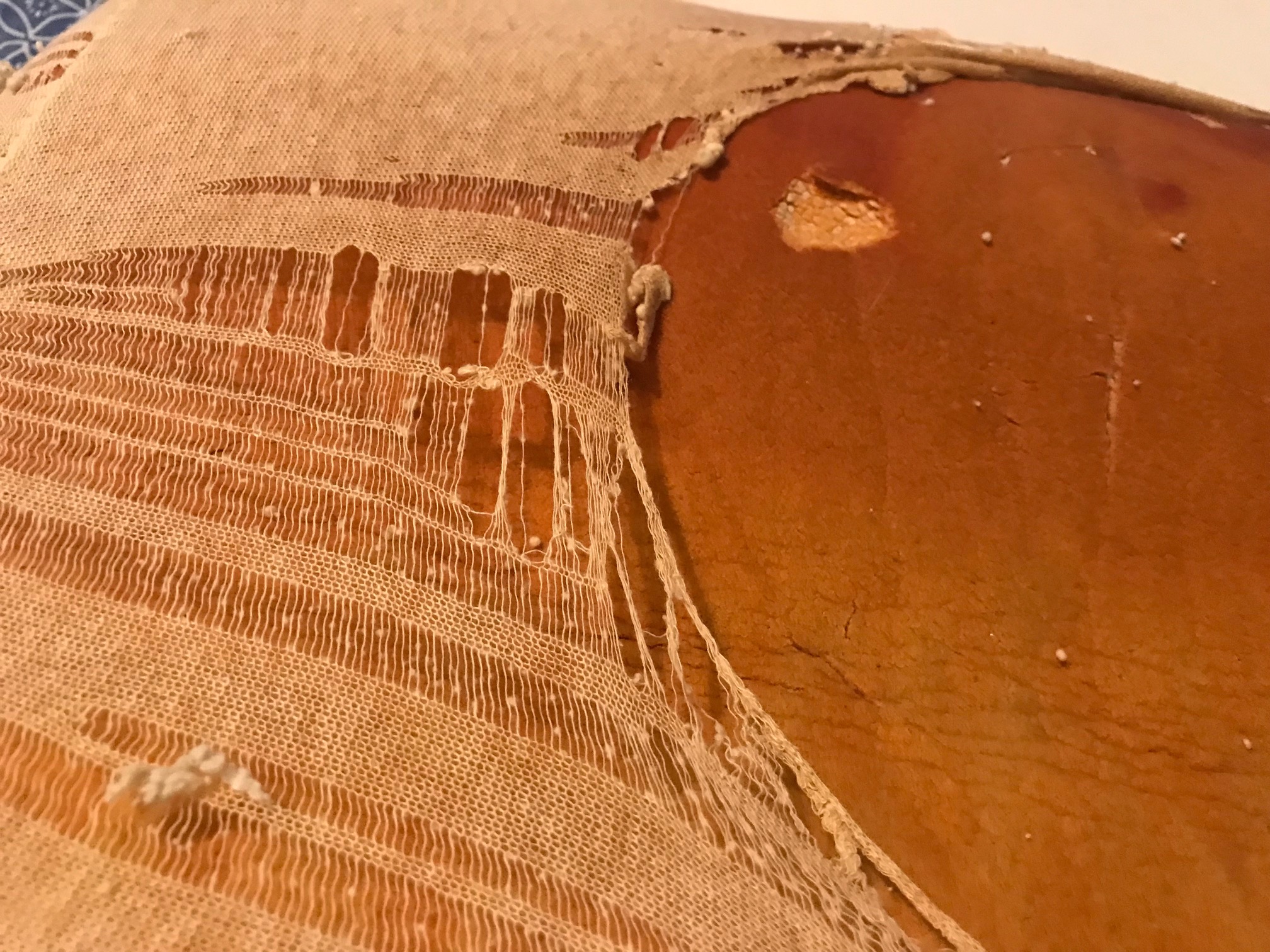
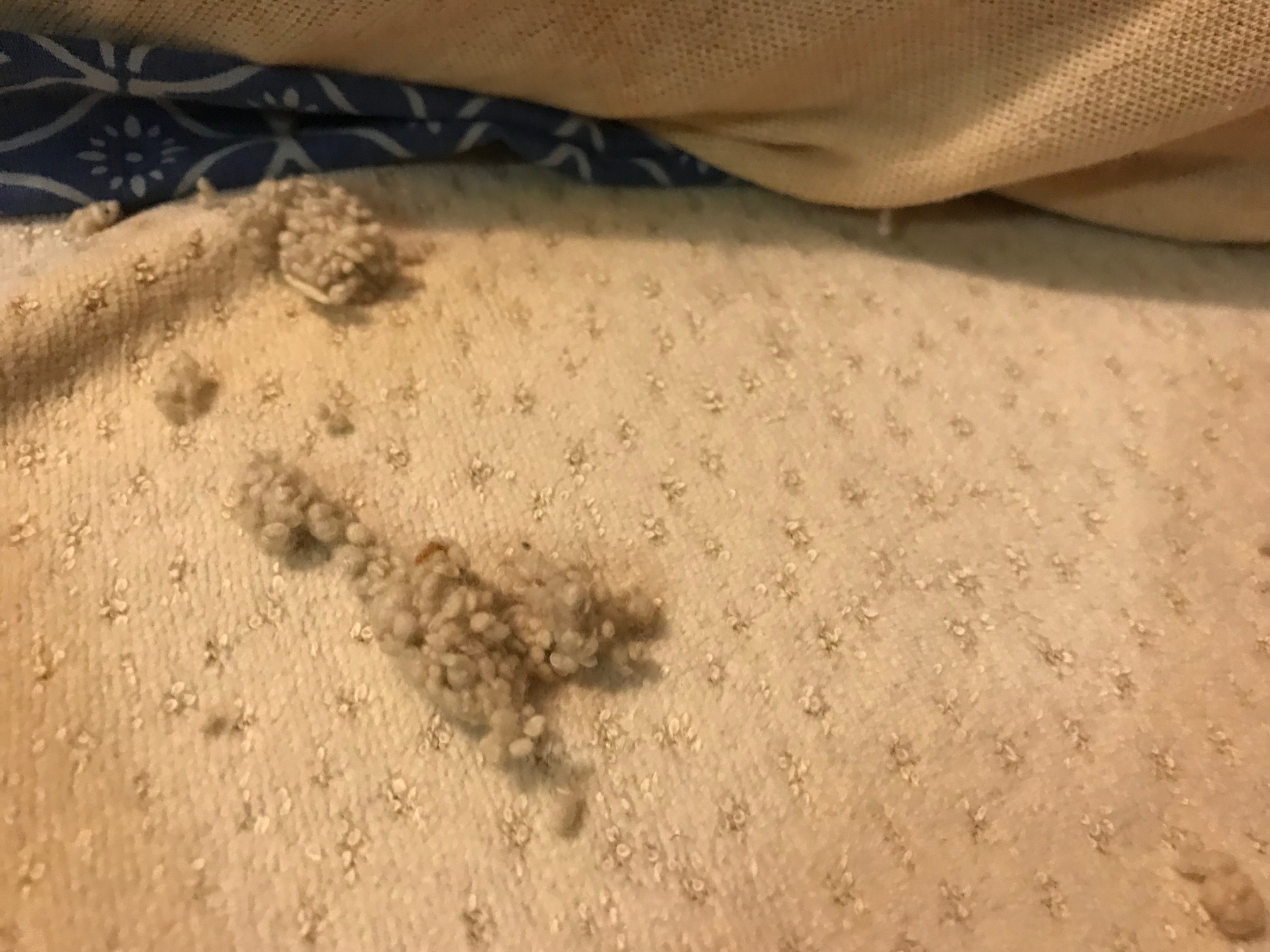

We love organic buckwheat pillows. https://comfycomfy.com/. I also got rid of my neck panes with these pillows.
I have and love that same pillow! I really like a contoured pillow. It doesn’t look like Naturpedic has one. What did your husband replace it with?
Hi Kristin!
We’re working on finding a replacement still!
Tamara
Oh man. Ok!
Did you ever find a replacement??? I need a contoured pillow!
Not really.
This is a very interesting post about toxicants in fabric. I have personally been trying to find any information on antimony or other toxicants I’m spandex. Normally I wouldn’t be so concerned. But I’m look for good nursing bras. Most of them have some spandex. And as you know this is a piece of clothing I think should be toxicants free. On the other hand, it’s really important to have something that fits and works well. Any thoughts?